
Published:
Readtime: 15 min
Every product is carefully selected by our editors and experts. If you buy from a link, we may earn a commission. Learn more. For more information on how we test products, click here.
We’ve tested the best non-alcoholic beers on the market to bring you a short list of beverages worth your time and money. With a surge in popularity, there are more low-alc beers on the market than ever before, but this increased competition hasn’t necessarily displaced the market leaders.
In fact, the original players are still our top choices: Heaps Normal, Nort, and Athletic Brewing Co., which stand head and shoulders above the rest. Still, we’ve found other great options on our list of the best non-alcoholic beers below. Let’s take a closer look!
Best Non Alcoholic Beers at a Glance
While you’d assume that most of these beers are similar in flavour, the variance we uncovered in our tastings was more than surface level. We found several trends related to the sugar, salt, carbohydrate levels and flavours of the most popular low-alcohol beers on the market. But before we get into the nitty-gritty details, let’s check out some of the highlights from our list:
- Best overall: Nort’s Refreshing Ale
- For lager: Heaps Normal’s Another Lager
- For IPA: Athletic Brewing Co.
- For stout: Guinness Draught 0.0
- For sour: Hop Nation Proud as Punch Mango Sour
Now you’ve read our favourites, let’s check out the complete list.
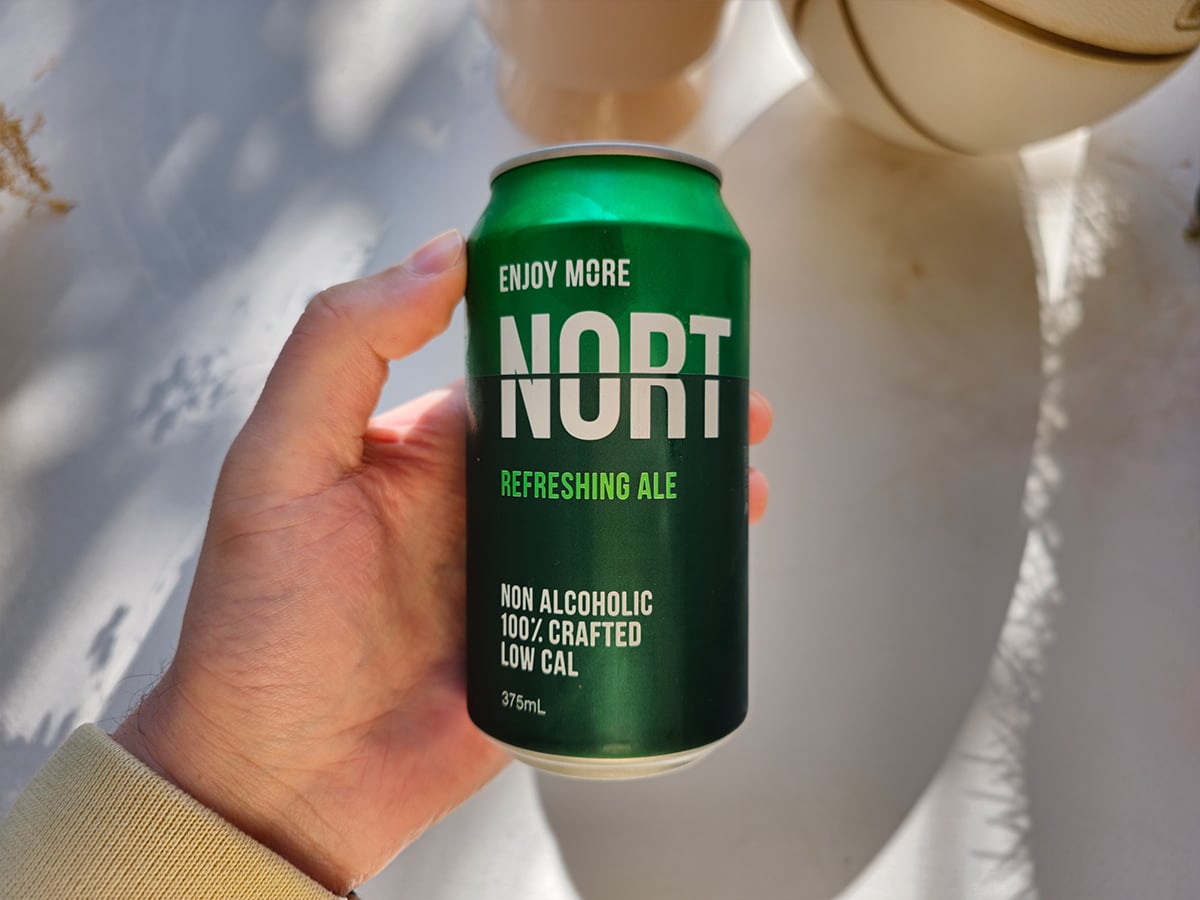
1. Nort’s Refreshing Ale
- Type: Ale
- Size: 375ml
- ABV: 0.5%
- Calories: 49
- Carbohydrates: 4.7g
- Sodium: less than 5mg
- Fat: 3g
- Sugars: less than 1g
- Price: $50/24 cans
Owned by local heroes Modus Operandi Brewing, Nort Beer’s Refreshing Ale is the non-alc beer that brewmaster Jaz Wearin had always wanted, but could never find. Something that delivered the taste, smells, and feel of a full-bodied beverage without the aftermath. Given how good the end product is, it’s easy to say that Nort smashed it.
We found Nort’s Refreshing Ale to have a delicious balance of flavours: important for those beer drinkers who prefer a hoppier, craft taste, but this remains true for anyone who wants a refreshing flavour that’s low in calories compared to most non-alcoholic beers.
In fact, if you don’t like the Refreshing Ale (which is fairly similar to a lager), try some other options from the brand’s line-up. We’d rank them in this order: Refreshing Ale, XPA, IPA, and Pacific Ale.
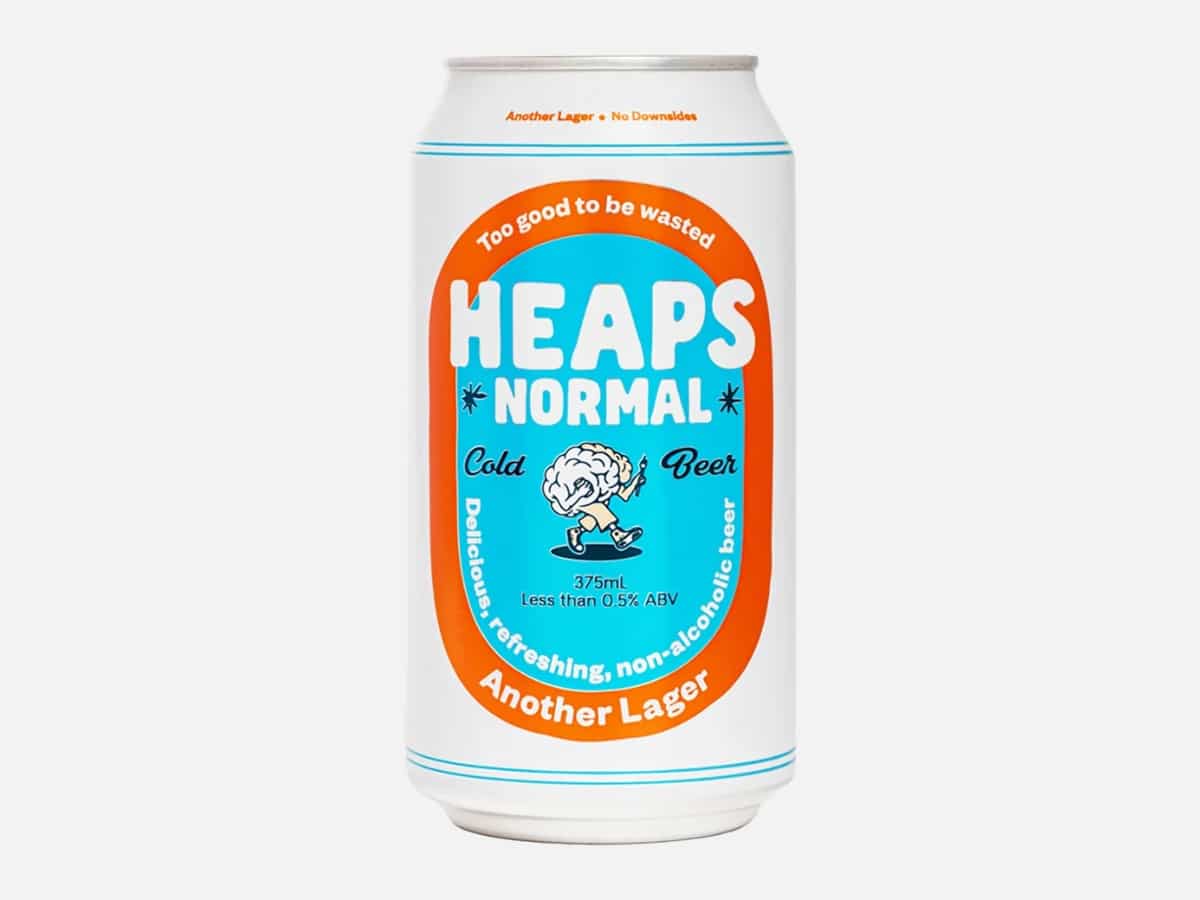
2. Heaps Normal’s Another Lager
- Type: Lager
- Size: 375ml
- ABV: 0.5%
- Calories: 71
- Carbohydrates: 3g
- Sodium: less than 1g
- Fat: less than 1g
- Sugars: less than 1g
- Price: $65/24 cans
It’s a typical Aussie story: four mates get together and decide they can do something better, and just go ahead and do it. Heaps Normal is one of the most prolific and impressive non-alcoholic beers on the market today, and we want to single out its second release: the impressive Another Lager.
We previously wrote about this one on our Best Lagers list, which goes some way in showing you just how impressive the drink is, but it’s worth remembering just how hard it is to make a crisp, quality lager that isn’t boozy. According to co-founder Ben Holdstock, though, the key is in keeping everything in balance.
“Typically, lagers are brewed using a different yeast to ales. Lager yeast strains prefer a slightly cooler fermentation temperature and they take a bit longer to metabolise the sugars in the wort,” Holdstock explained to us.
“Coupled with a more conservative use of hops and malt, a good lager should display a perfect balance of bitterness and sweetness with a subtle hop aroma and clean, crisp finish.”
When it comes to keeping the booze at bay, though, Holdstrock said brewers had to work twice as hard to impress customers, since they know what beer is supposed to taste like and will notice immediately if a beer tastes weak or lacking.
“I think that non-alcoholic beers need to stand up against their alcoholic cousins in a blind taste.” That’s fair, and in our opinion, Heaps Normal does a good job regardless of the test.
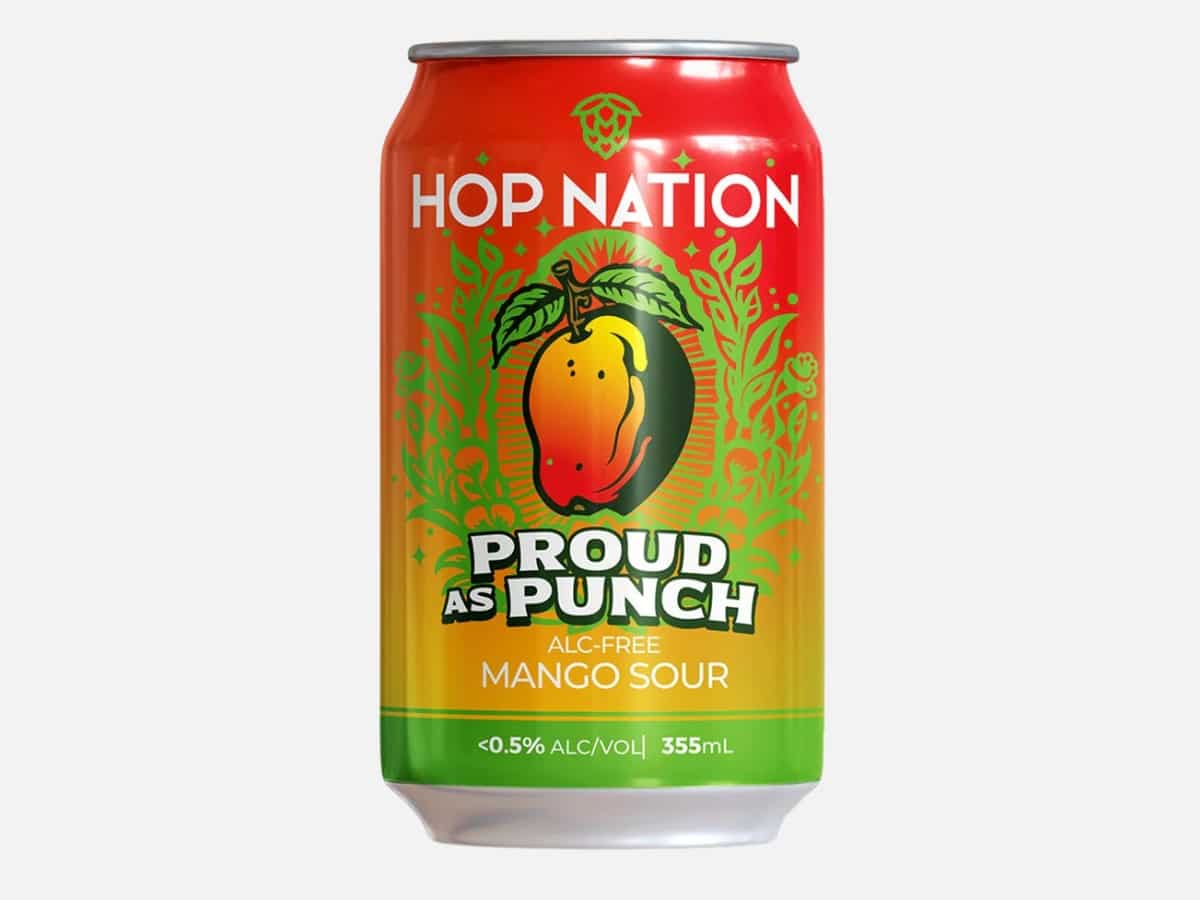
3. Hop Nation’s Proud as Punch Non-Alc Mango Sour
- Type: Sour
- Size: 355ml
- ABV: 0.5%
- Price: $64/16 cans
Okay, so you’re after a non-alcoholic beverage for the weekend, but want to do something a little different? Hop Nation has you covered with its Proud as Punch Mango Sour, which combines the sweet and sour flavour of (you guessed it) mangoes, with the punchy tang of a sour beer. It’s a delicious drop, honestly: one you should reserve for a hot afternoon.
Obviously, this is going to be a very different drink than others on the list. Gone are the hoppy, malty flavours of a traditional beer, replaced with something closer to a fermented fruit punch.
We asked Hop Nation’s founder Sam Hambour about how the team makes the perfect sour beer, and despite the style’s in-your-face flavours, the key is actually found in restraint.
“I think balance is key to a good sour. Sweet, sour, bitterness and if there is fruit in it then the quality of fruit is key,” Hambour said.
“Our non-alcs are made in a very similar way to our alcoholic beers. The main difference is we use a unique yeast strain that produces a lower alcohol content, otherwise it’s using the same ingredients, fermentation processes, hopped in similar ways.”
No wonder Hop Nation delivers some of the best non-alcoholic beers on the market.
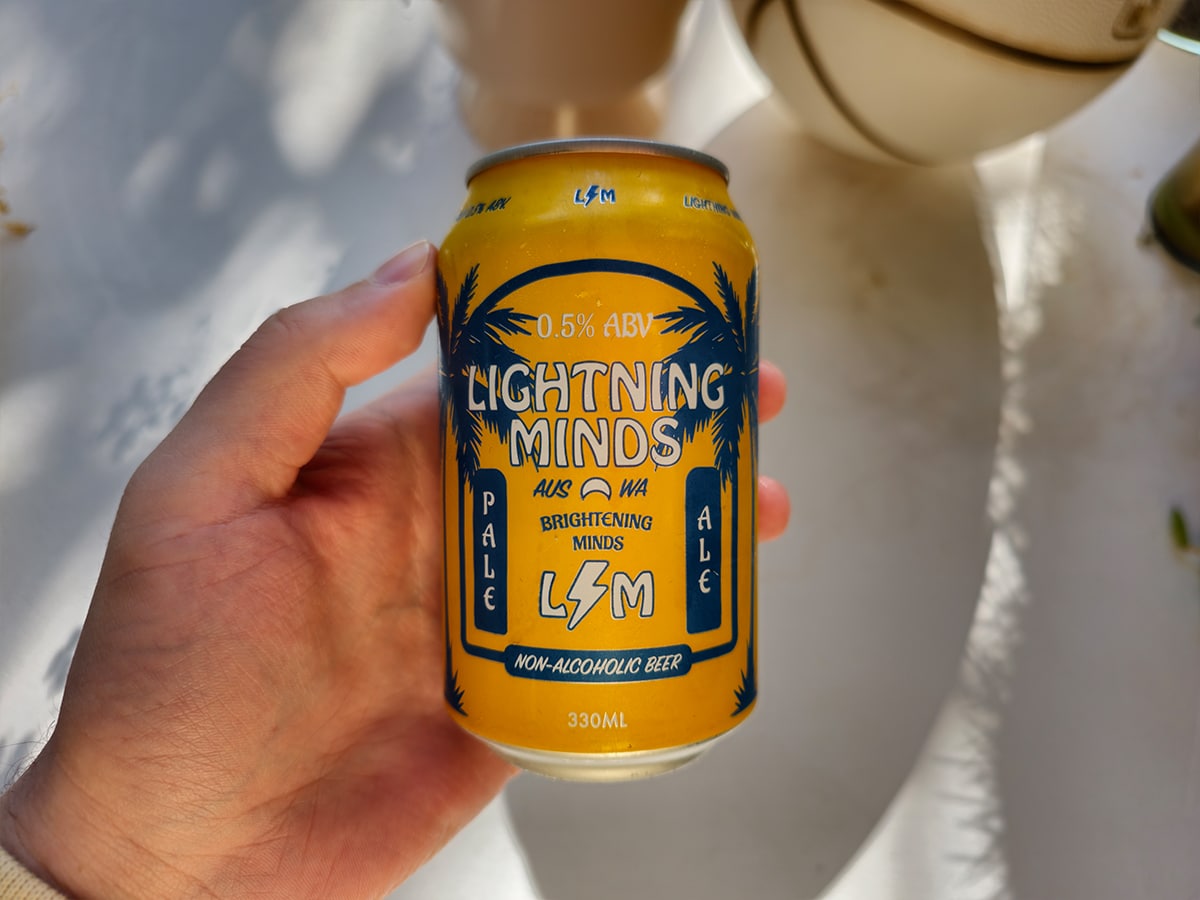
4. Lightning Minds Pale Ale
- Type: Pale Ale
- Size: 335ml
- ABV: 0.5%
- Calories: 40
- Carbohydrates: 9g
- Sodium: less than 1g
- Fat: less than 1g
- Sugars: 2.5g
- Price: $70/24 cans
This is the non-alcoholic beer we go for in between sessions. It might be Aussie as all get out, but we reckon Lightning Minds Pale Ale has a little American influence with its flavour. The beer has the typical tropical hops of the pale ale style, balanced against a malty and bitter finish.
Most importantly, it’s not too sweet, whereas some American-style drinks can taste a bit like fruity cordial to Aussies.
Kicked off in 2021, Lightning Minds is a dedicated non-alcoholic beer brand with the goal of creating a beer that won’t leave you feeling it the following day. The team has had a second style in the works for some time, but its Pale Ale is good enough to have carried the whole brand for the past few years alone, and for good reason.
It’s fairly low calorie compared to some of the other options here, and is the perfect middle ground between US-style hops and Australian drinking sensibilities.
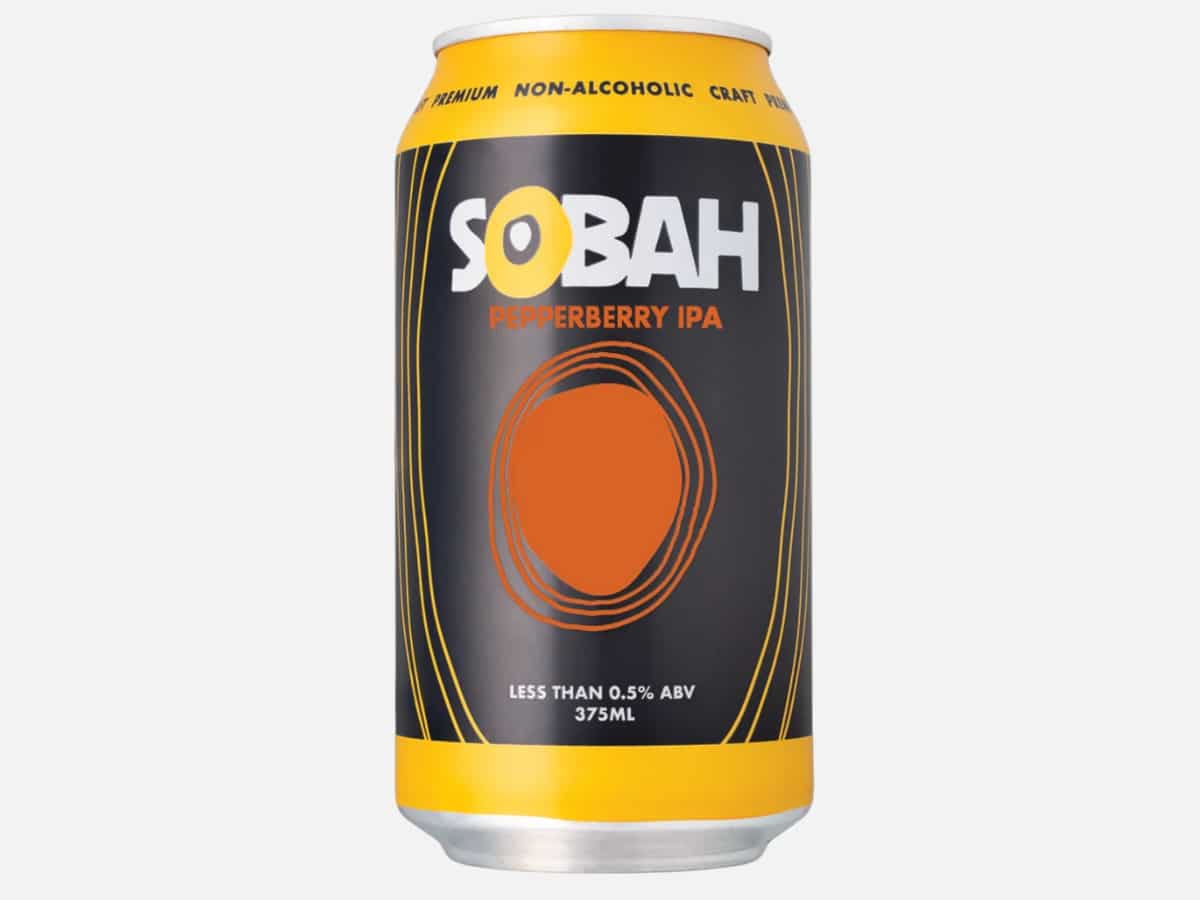
5. Sobah’s Pepperberry IPA
- Type: IPA
- Size: 375ml
- ABV: 0.5%
- Calories: 86
- Carbohydrates: 18g
- Sodium: less than 1g
- Fat: 1g
- Sugars: 10g
- Price: $89/24 Cans
Made by Gamilaroi man and psychologist, Dr. Clinton Schultz, Sobah Beverages are a truly Aussie take on non-alcoholic beers: bringing traditional flavours and ingredients from our sunburnt country and fusing them into something cold and refreshing. And while all of Sobah’s drinks are impressive, the Pepperberry IPA stands out as a particular achievement.
Sobah describes it as a “beer-lover’s beer”, and that’s as accurate a statement as you could find. Traditionally used as a medicinal herb, Pepperberry is the star flavour here, bringing a sweet and spicy through line to the beer with a citrus undertone that few others can manage, and the results speak for themselves.
The beer won a silver medal at the 2021 Independent Beer Awards and has gone on to become a favourite of the Aussie craft beer scene.
“We’re on a mission to champion Aboriginal and Torres Strait Islander culture, native foods and well-being, and through our unique range of brews help to reduce the stigma around socialising sober,” Schultz said.
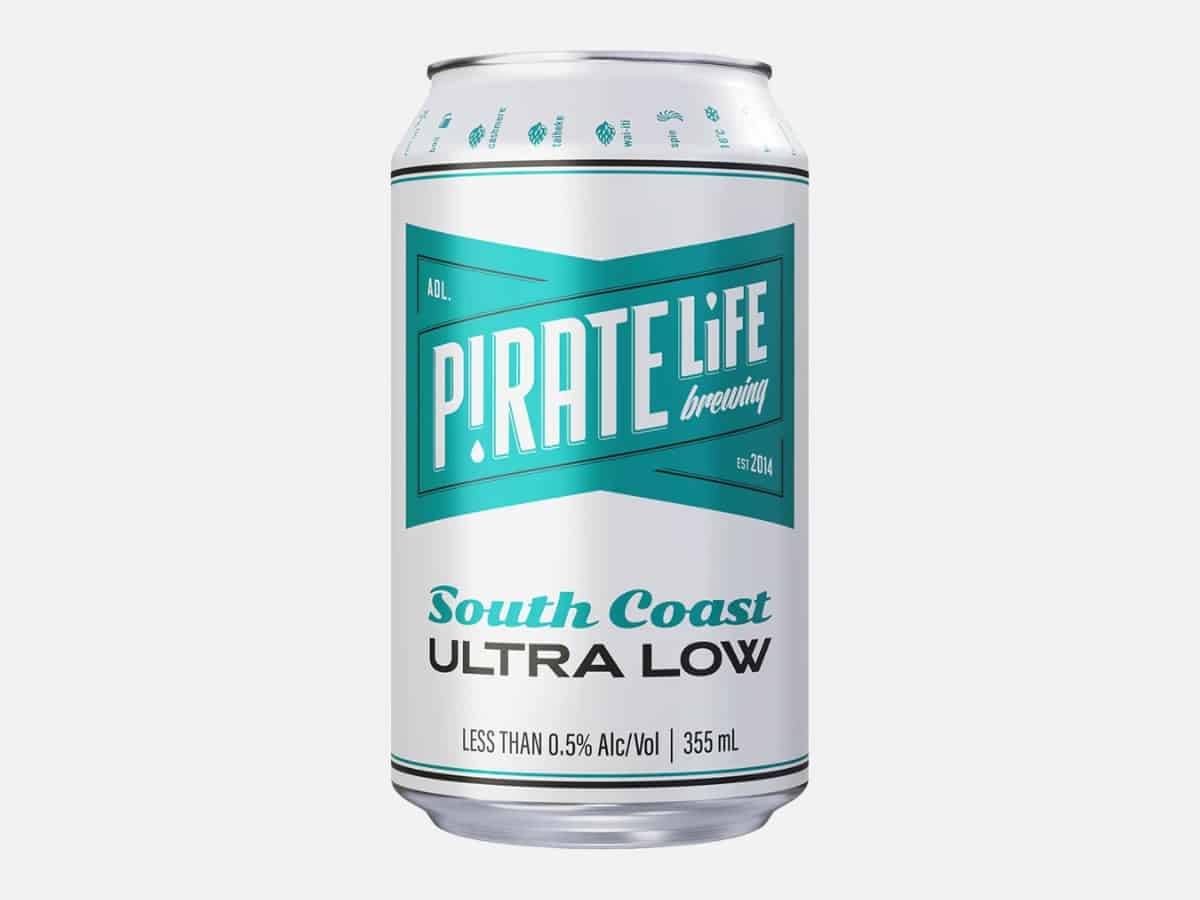
6. Pirate Life’s South Coast Ultra Low
- Type: Pale Ale
- Size: 355ml
- ABV: 0.5%
- Calories: 30
- Carbohydrates: 4.3g
- Sodium: less than 1g
- Fat: less than 1g
- Sugars: less than 1g
- Price: $39/16 cans
When it comes to Australian beer success stories, Pirate Life is up there for the most interesting. A group of mates that trained at BrewDog, Little Creatures, and Cheeky Monkey Brewery, all with the goal of kicking off their own brewery. Well, they did it, and now we all get to reap the rewards.
And thankfully Pirate Life’s stellar South Coast Pale Ale isn’t just for those of us looking to get on the cans, but also those looking to stay sober while doing it. The South Coast Ultra Low brew is just as impressive as its fully fermented brother, and brings a stone-fruit flavoured, lemon-yellow tint to anyone’s glass.
The drink is made using a mix of US and NZ hops, but has its fermentation period cut short at only 33 hours: ensuring the drink won’t put you over the limit. If you’d rather something in between, Pirate Life also brews a mid-strength variant of its most popular beer.
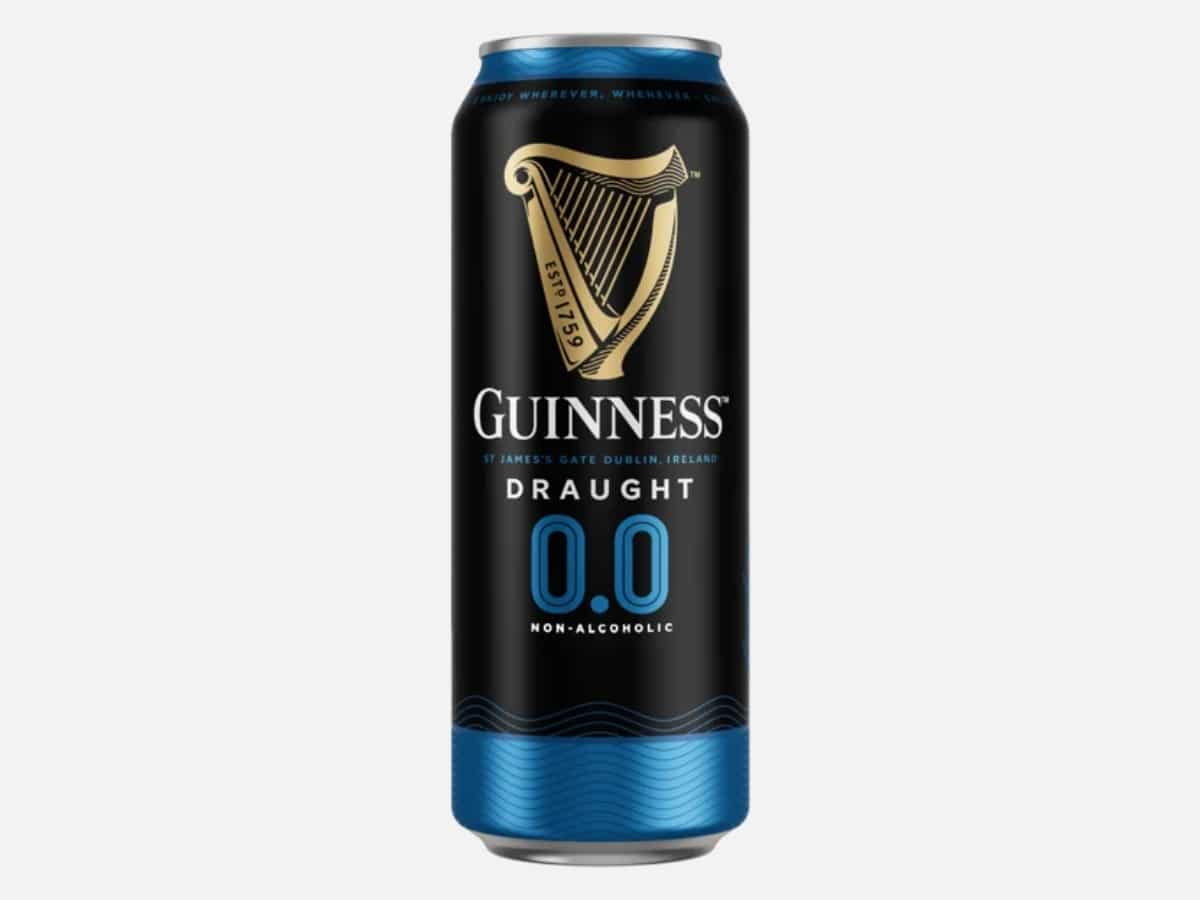
7. Guinness Draught 0.0
- Type: Stout
- Size: 440ml
- ABV: 0%
- Calories: 75
- Carbohydrates: 16.7g
- Sodium: less than 1g
- Fat: less than 1g
- Sugars: 1.7g
- Price: $70/24 cans
If a proper Guinness is akin to a steak in a can, a non-alcoholic Guinness must be closer to a leaner cut of beef. Sure, you’re probably losing some of the nuance of a perfectly cooked cut of meat, but damn if it still isn’t a delicious meal. Bad cooking analogies aside, this is actually one of the better drinks on the list, and brings almost everything that makes Guinness one of the world’s favourite beers to the table.
That’s because it’s the same beer, brewed in exactly the same way as the dark liquid we all love to a point, before the wonderful people at St James’ Gate use a cold filtration system to remove the alcohol content without messing with the beer’s flavour profile too much. The Guinness team then go in and carefully balance the beer again to make sure it tastes as it should, and you’re left with what is probably the best non-alcoholic stout you can get.
It’s a good solution to the age-old question of how many Guinnesses you can down before you’re either too drunk or too full. This way, at least you’ll remember the night the following day, though you probably won’t need breakfast.
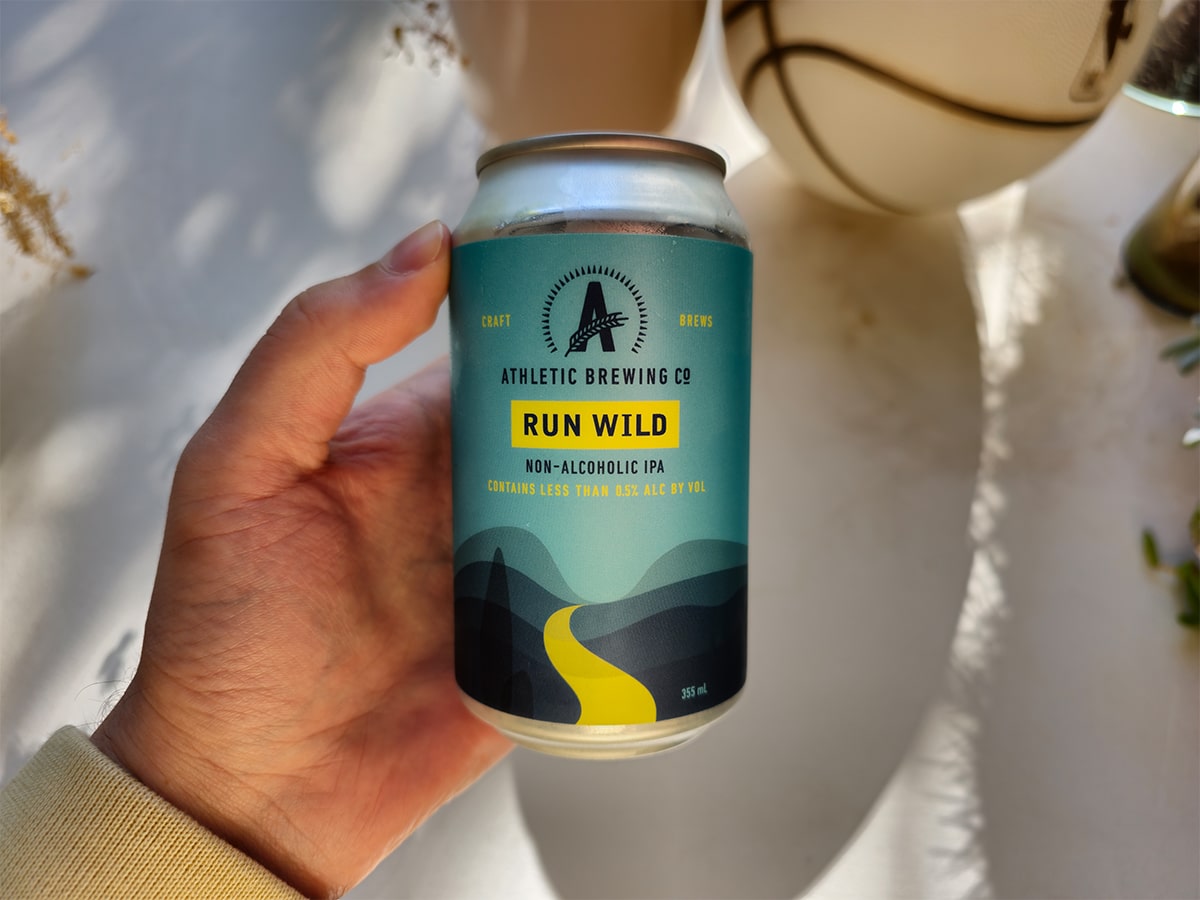
8. Athletic Brewing Co. Run Wild IPA
- Type: IPA
- Size: 355ml
- ABV: less than 0.5%
- Calories: 65
- Carbohydrates: 14g
- Sodium: less than 1g
- Fat: less than 1g
- Sugars: less than 1g
- Price: $64/24 cans
Athletic Brewing Co. hit the Australian market with its Run Wild IPA. It combines the best of the NA and craft beer worlds with full-bodied flavours across the range. Our favourite is the staple ‘Run Wild’ IPA, but all experiment with the rules in the name of the taste.
To figure out how on earth the brand achieves this, we asked founders Bill Shufelt and John Walker what they love about these fully-fermented drops. “What I enjoy about ‘fully fermented’ non-alcoholic beers is the body, the mouthfeel and the vibrant expression of the incredible ingredients in their original state – there is a harmony that these ingredients embody when left to their own devices.”
“When creating hazy brews, there is a myriad of ‘tricks’ we can deploy from less flocculant yeast strains to different filtration or centrifugation techniques to hops and malts that can impart more haze – we like to design backwards, thinking about the mouthfeel, the aroma and the flavours and use that to guide us in selecting the best ingredients and processes for the job.”
These beers don’t just taste “good for a zero beer”. They taste good, full stop. Start filling those beer glasses for a great clean taste.
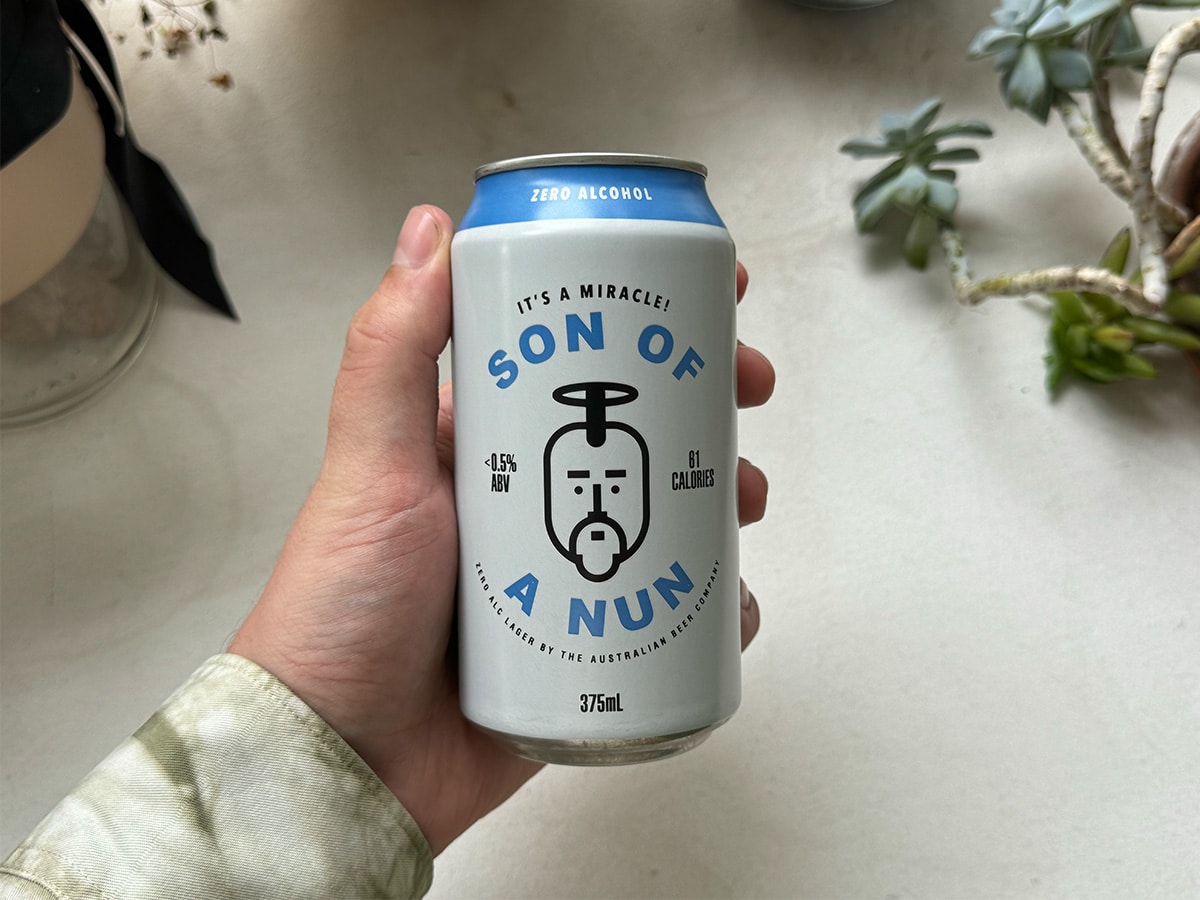
9. Son of a Nun Zero Alcohol
- Type: Lager
- Size: 375ml
- ABV: less than 0.5%
- Calories: 61
- Carbohydrates: 11g
- Sodium: less than 1g
- Fat: less than 1g
- Sugars: 11g
- Price: $52/24 cans
One of the newer kids on the block, ‘Son of a Nun’ is a hilarious name for a zero-alcohol beer brand, but the product itself is comparatively safe in its execution. Flavours are smooth and crispy in classic lager style with a touch of caramel and carbonation as the beer sits on the palate.
Made by Australian Beer Co., Son of a Nun also comes in a mid-strength or full-strength version, so if you’re a fan of the can you’ll find one that works for you no matter the session.
It’s a simple beer, but that isn’t a bad thing. Not every beer has to dazzle you with fruity flavours or a malty finish: sometimes, what you want is a cold beer on a hot afternoon, and Son of a Nun absolutely nails that. If you’re a straight shooter who wants to try something different to Heineken 0.0 and Great Northern Brewing Co. Zero, this is one of the better choices.
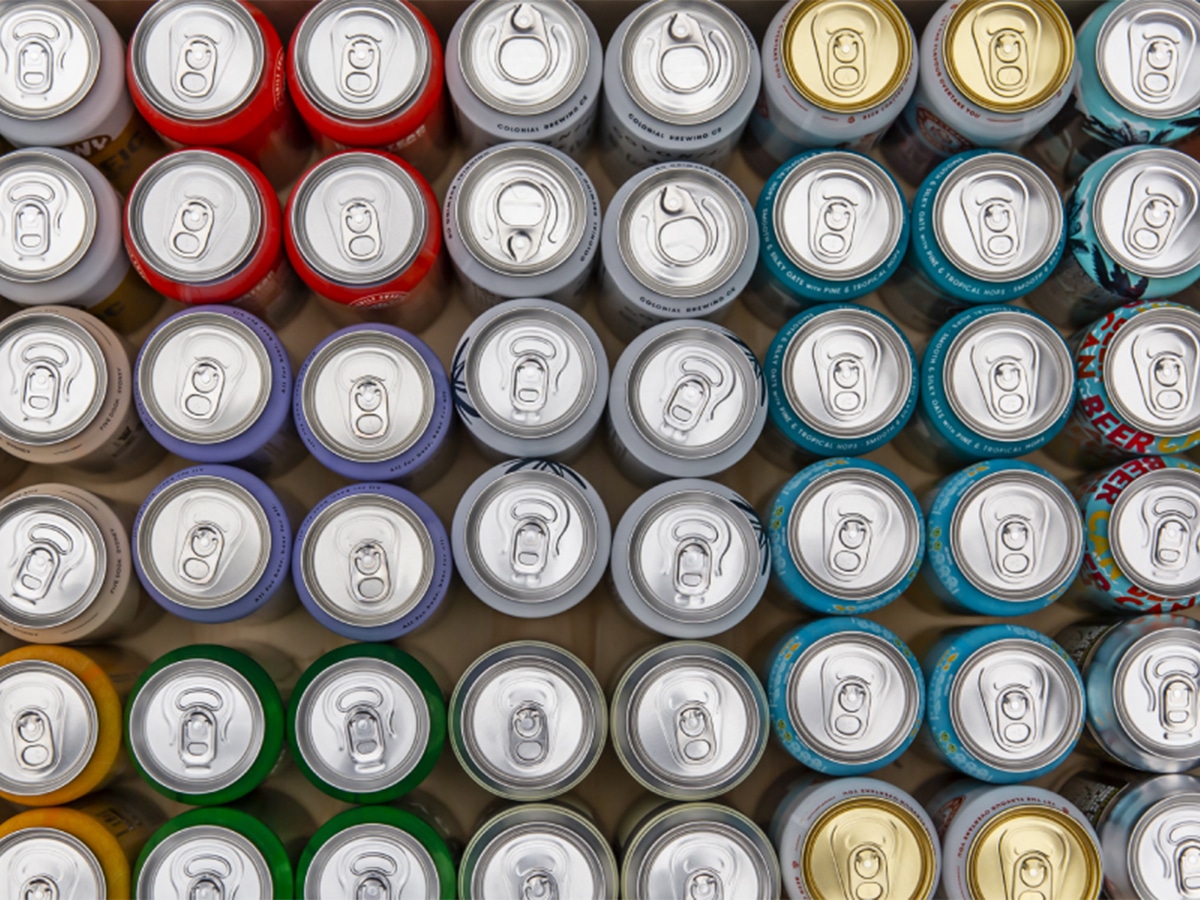
Honourable Mentions
Not everyone gets to be on the list, but there are a few other fantastic drinks we wanted to set your eyes on before you head off to the bottle-o – just in case they strike your fancy.
Better Beer Zero Alcohol: When one of our favourite low-carb beers goes zero alcohol, only good things can come out of it. Fast becoming one of the biggest beer brands in Australia, Better Beer’s Zero Alcohol is as refreshing as it gets, with vastly lower salt content than the majority of ‘craft style’ beers on this list (7mg per can). The result is a beer that’s better for you but doesn’t taste as strong as the saltier options on the market.
Capital Brewing ALC-LESS Pacific Ale: Our friends at Capital Brewing have been making some of the best beers in the craft beer scene for years, and we’d struggle to find someone who hasn’t tucked into their XPA. But when the market asked for a great non-alcoholic beer, the brand didn’t rush to the stage to deliver a subpar drink. Instead, Capital Brewing spent months trying, testing, and creating a version of one of the best beers on the market. We aren’t going to quibble much with the ALC-LESS release’s flavours. The overall taste is a little salty to stand head and shoulders above the top few, but you’ll love the full-flavoured tropical Pacific Ale burst that’s here in full effect.
Hiatus Beers Pacific Ale: Hiatus Beer has created a tangy, fruity, craft-style, non-alcoholic beer that you’ll love for its passionfruit, guava, and mango flavours. This is the closest thing we’ve tried to a zero-alc Stone and Wood. This is best enjoyed ice-cold by the ocean with a few Smiths Original potato chips. If you’re an expert, you’ll notice the use of galaxy hops and a fun blend of Veloria, Vienna, and Munich malts.
Big Drop Brewing Uptown Craft Lager: We think the legends over at Big Drop have mastered a brew that tastes just like the real thing. The brewer uses lazy yeast, which is not very good at converting sugar to alcohol and brews at slightly higher temperatures at various points to inhibit alcohol production further. Additionally, this non-alcoholic beer uses less grain, which means less sugar. The result is a happy medium between dark lager and traditional lager. It’s not your typical ‘heavy beer’ because it doesn’t have that alcoholic bite. However, it remains refreshing and easy to drink. Above all, it’s very low in sugar, which makes it a healthier option.
Why You Should Trust Our List
Trust is the backbone of our independent publication, and unlike most of the lists you’ve read online, we’re only recommending products that we’ve independently tested ourselves. We’re not claiming to do so either, providing original photography to demonstrate that we’ve gone hands-on with these products before sharing an opinion that’s backed up by thorough online research and cross-checking with our wider team of beer drinkers. Our conclusions are decided upon by our editorial team and take into account the smell, taste, price, and availability of each inclusion. Ultimately, the final list was decided upon by authors Ben McKimm and Dean Blake, who personally curated every beer on this list.
More Non-Alcoholic Drinks Articles
Interested in more non-alcoholic drinks stories? Here are a few to get you started:





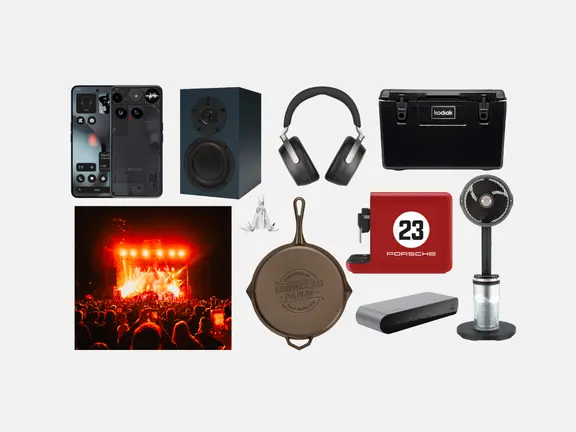

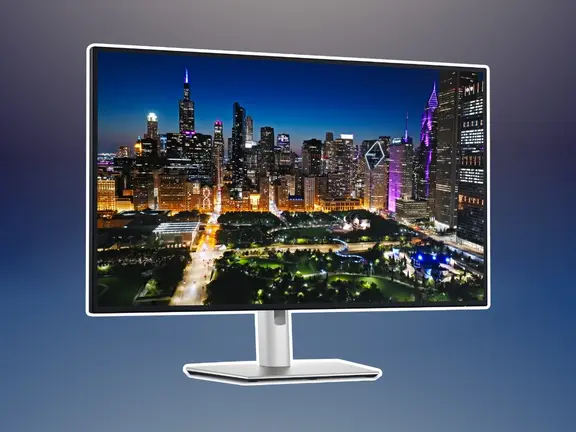
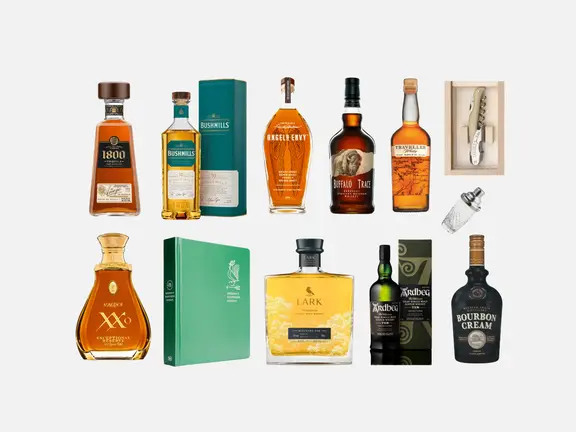
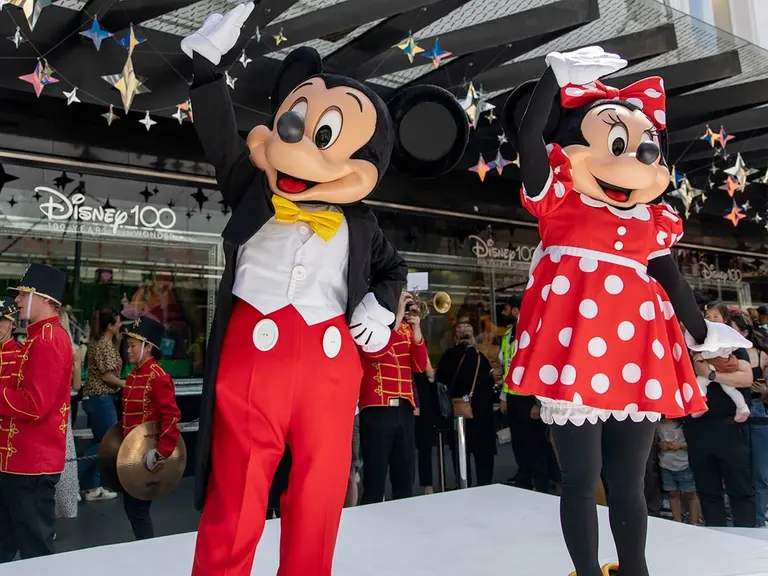
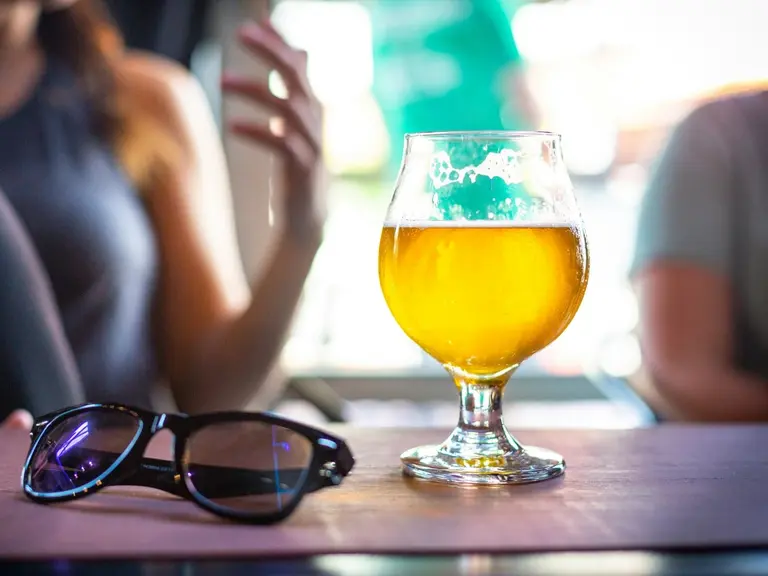



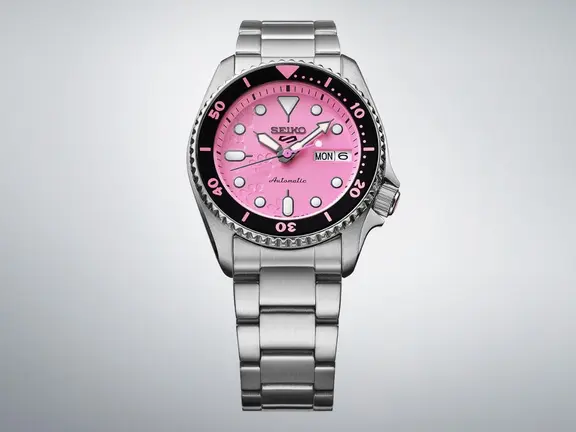


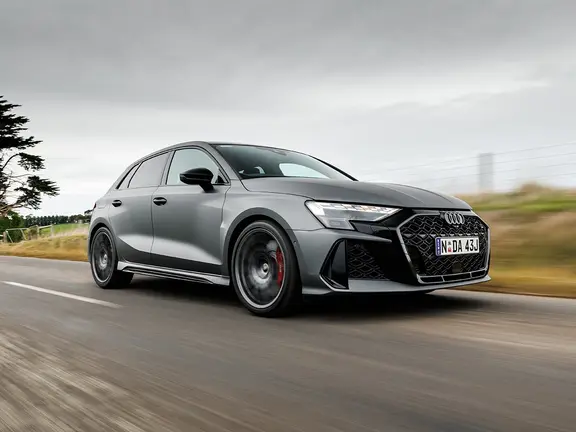



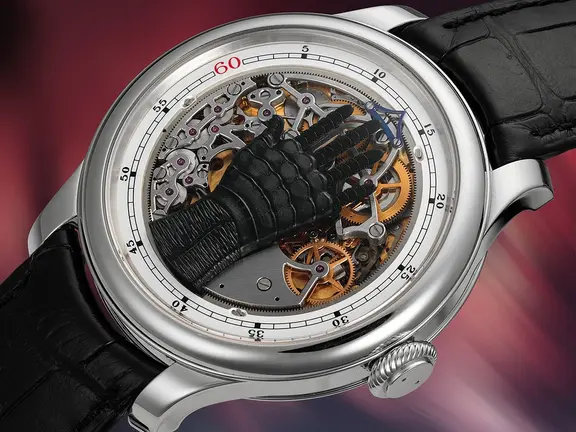



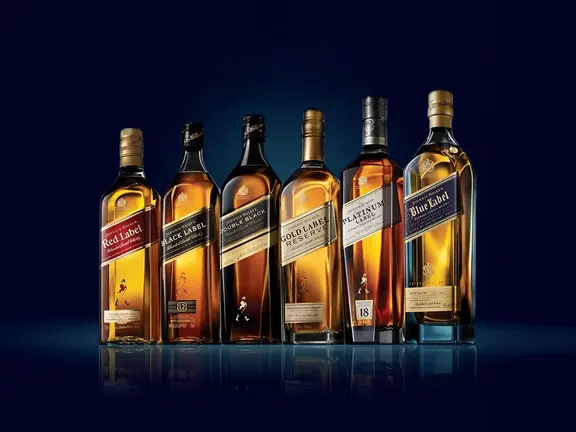


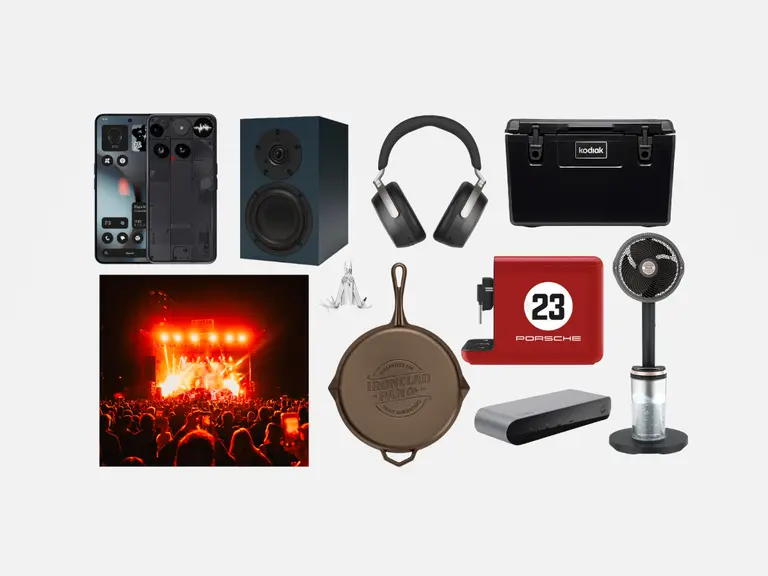






Comments
We love hearing from you. or to leave a comment.